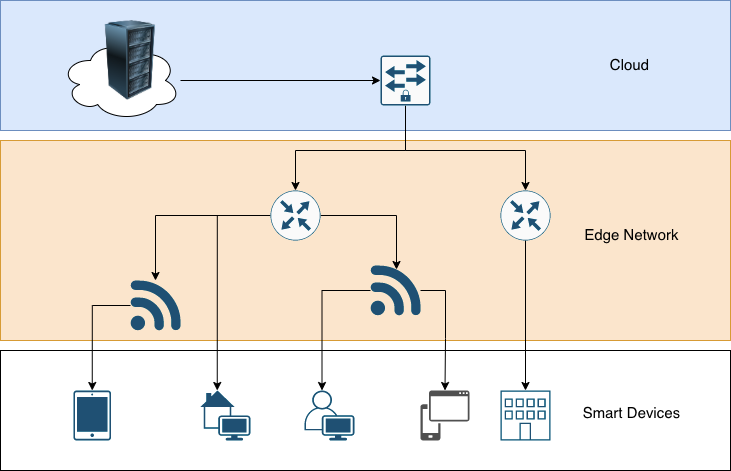Edge Computing
Last Updated on : 2023-12-07 03:02:45download
Cloud computing allows data management and computation to be implemented in the cloud. On the contrary, edge computing brings computation and data storage closer to the location where it is needed. This minimizes the response times and bandwidth to provide edge smart services.

Modern edge computing extends the scenarios of the distributed computing paradigm based on virtualization technologies. This simplifies the process to deploy and run a wider range of applications on the edge servers. The edge computing technology bridges the gap between physical devices and digital worlds and applies to a variety of solutions, such as smart digital asset management, smart gateways, and local deployment of smart systems.
Compared with remotely managed cloud computing services, edge computing allows you to deploy edge gateways close to smart devices. The following features are supported:
- Minimized request latency: responds to device requests in real time to achieve cost efficiency at peak hours.
- Optimized bandwidth usage: minimizes the impact of the bandwidth limit on connections to sites. Each edge node provides computing services and reduces the number of requests that are sent to the cloud for data processing.
- Comprehensive data invisibility: supports collection, analytics, and processing of data on local devices. This minimizes data exposure to public networks and protects data privacy.
Different from common embedded gateway systems, edge gateways provide protocol conversion and edge capabilities on the edge. The edge gateways interact with the controllers in the cloud and achieve multiple functions on the edge nodes. For example, resource scheduling, application management, and service orchestration are supported.
Is this page helpful?
YesFeedbackIs this page helpful?
YesFeedback





